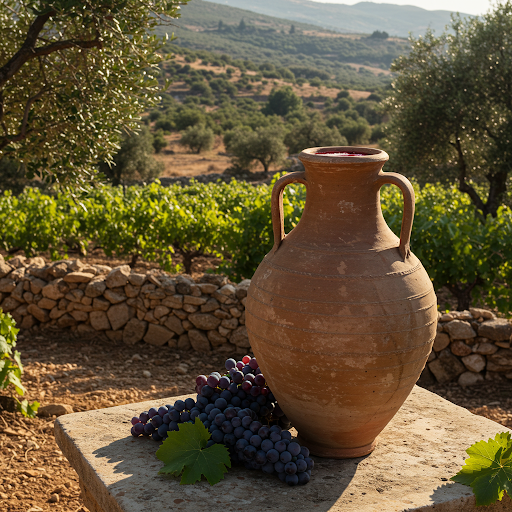Pergamon rose to prominence during the years of the Greek empire’s division following the death of Alexander the Great in 323 B.C. His short-lived empire was partitioned among his generals, with General Lysimachus inheriting the then-settlement of Pergamon and its wealth. Due largely to its strategic position along land and sea trading routes and in part to the wealth of the Attalid kings who ruled the kingdom, the city enjoyed centuries of prosperity that continued when it passed peacefullly to Rome’s control in 133 B.C. From that point on, Pergamon’s fate was inextricably linked to that of Rome, and it rose and fell in tandem with the great Roman Empire.
The oldest and arguably most beautiful section of Pergamon is also its highest. The acropolis of Pergamon rises triumphantly over the ruins of the city that cascades down the steep slopes to the valley below. One of the most dramatic structures of the acropolis was what scholars believe to be the Temple of Zeus, the massive foundations of which are all that remain on the southern slope of the site. The altar believed to be associated with the temple, known today as the Great Altar of Pergamon, was moved to Berlin in the 19th century by German archaeologists, who evidently had an easy time getting permission for its removal from the indifferent authorities of the Ottoman empire.








